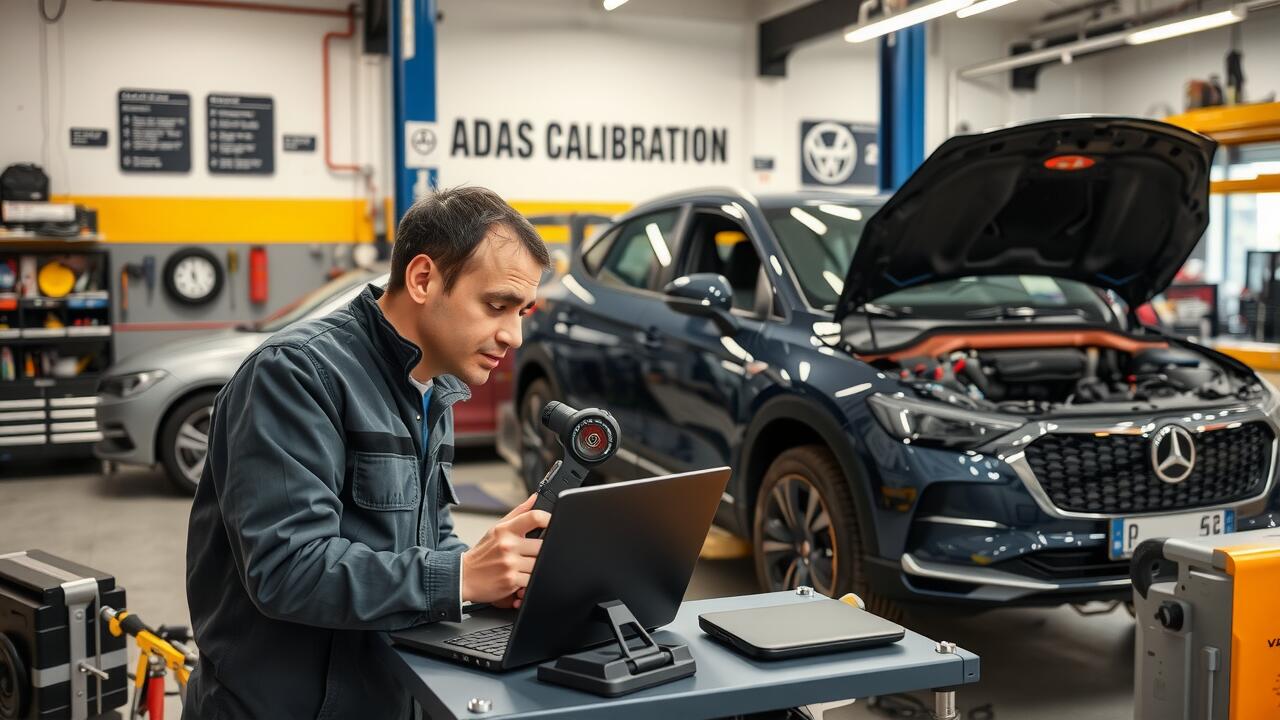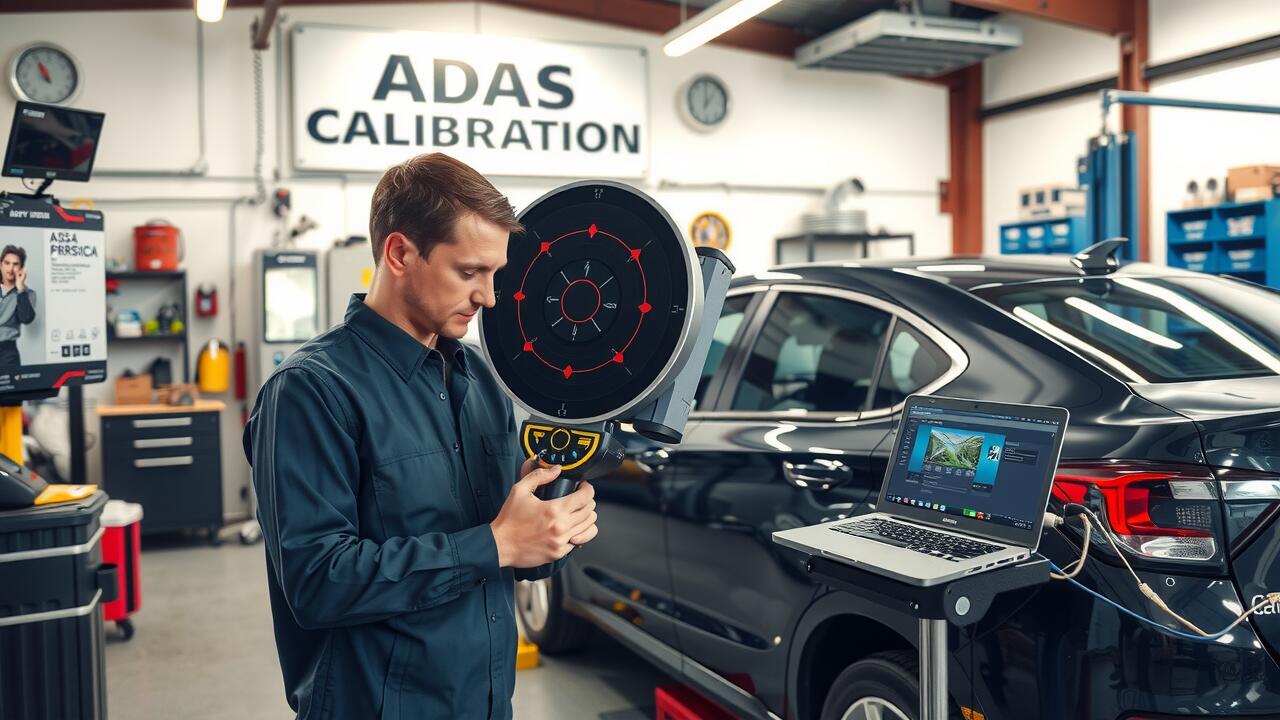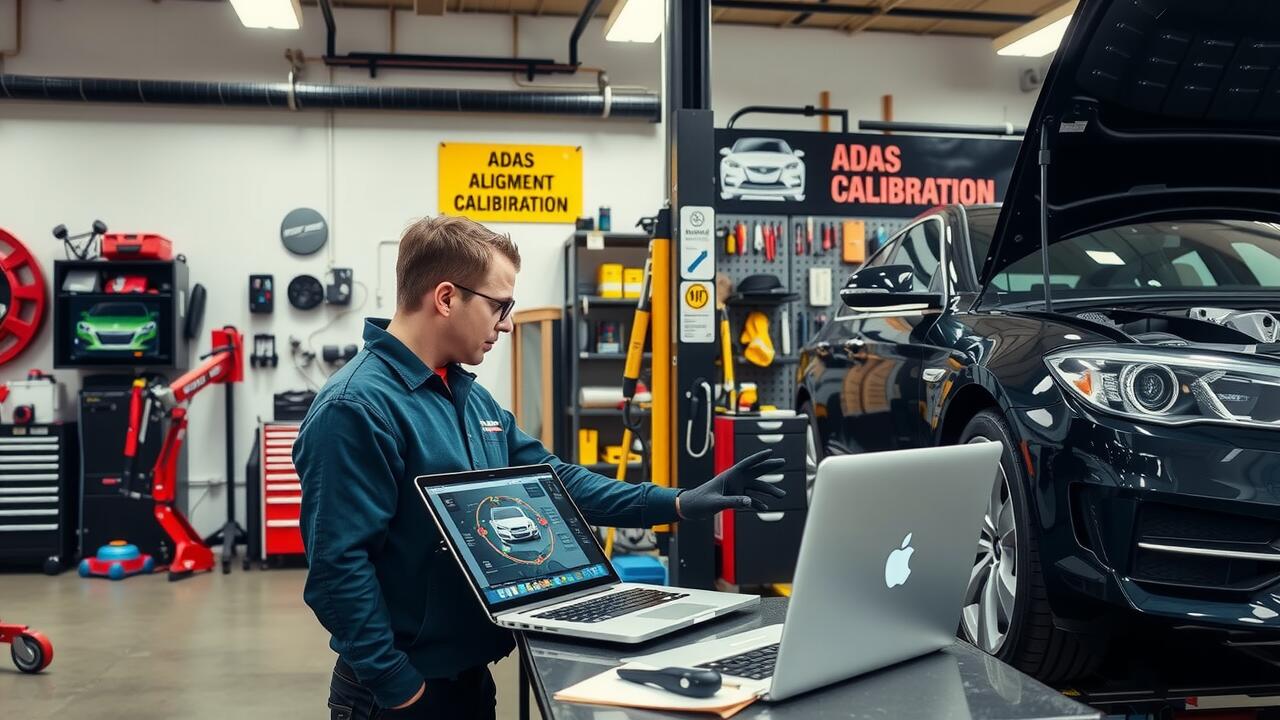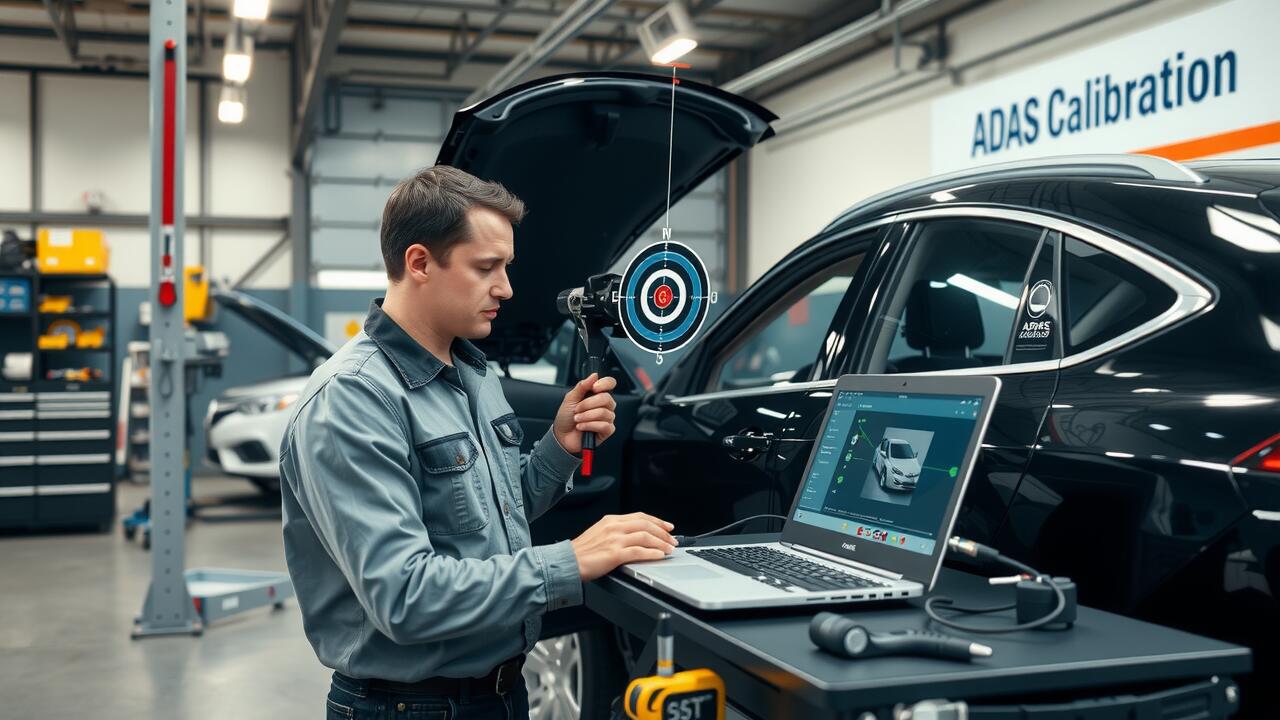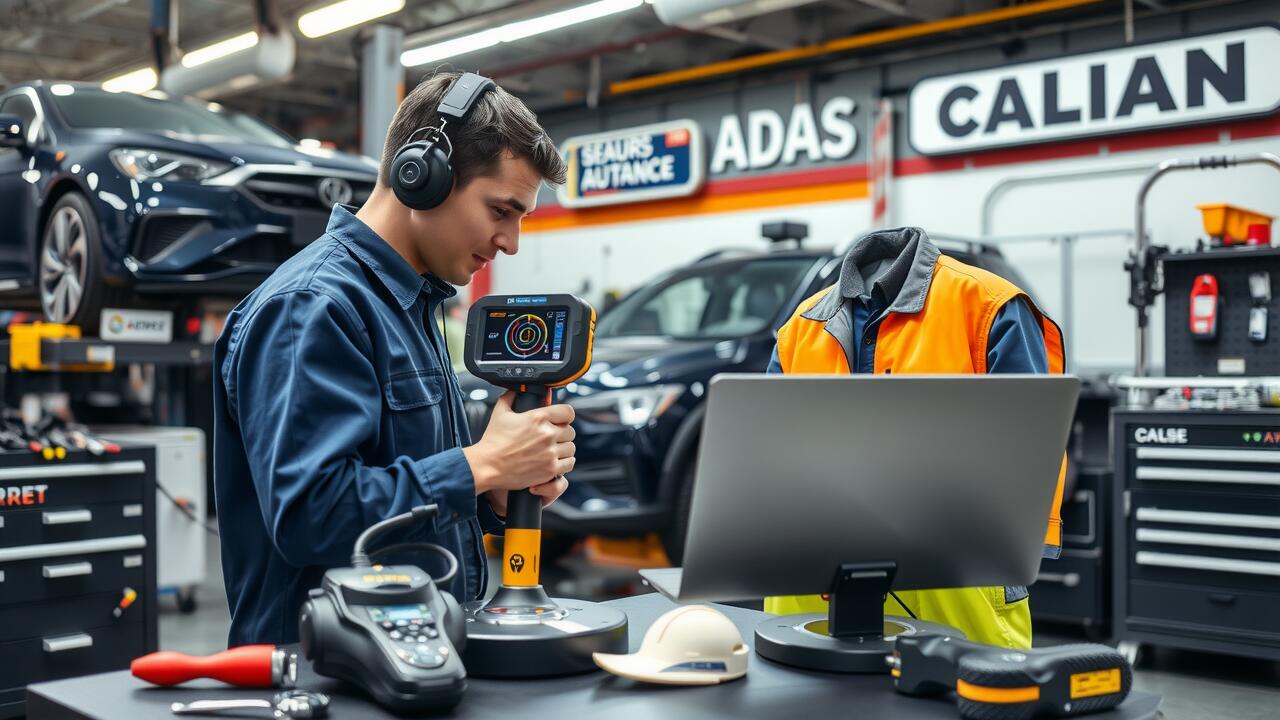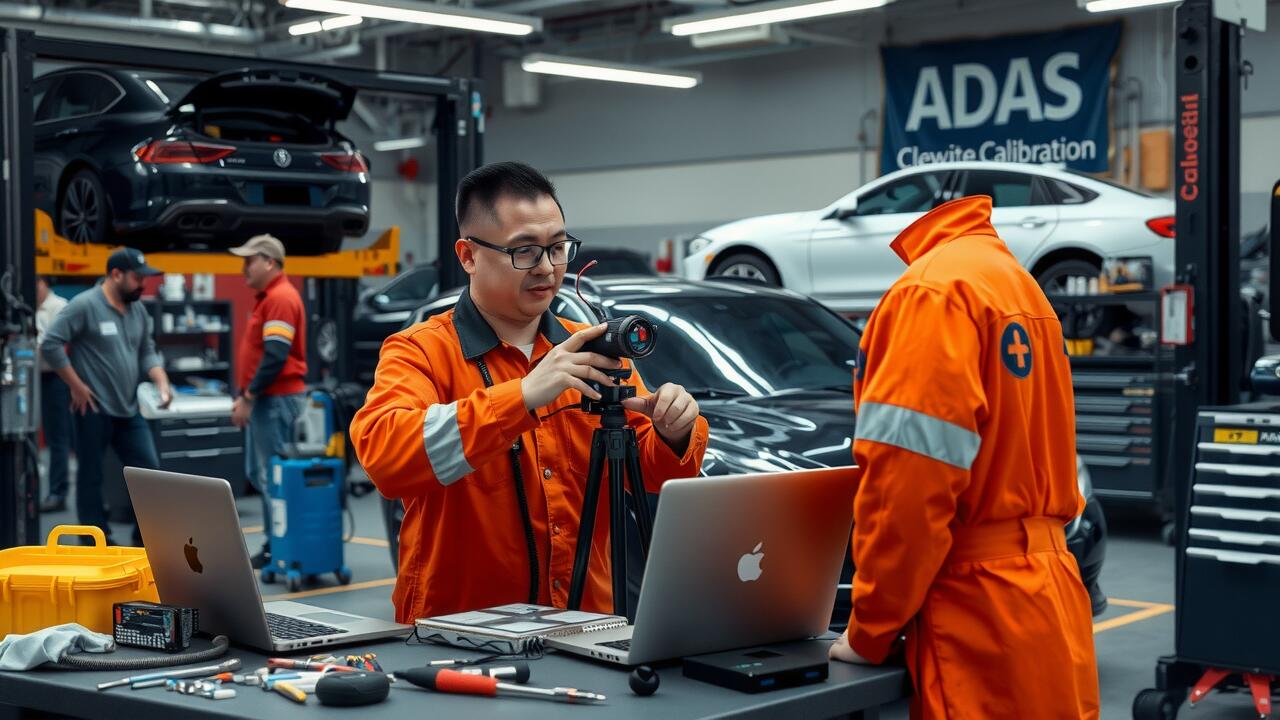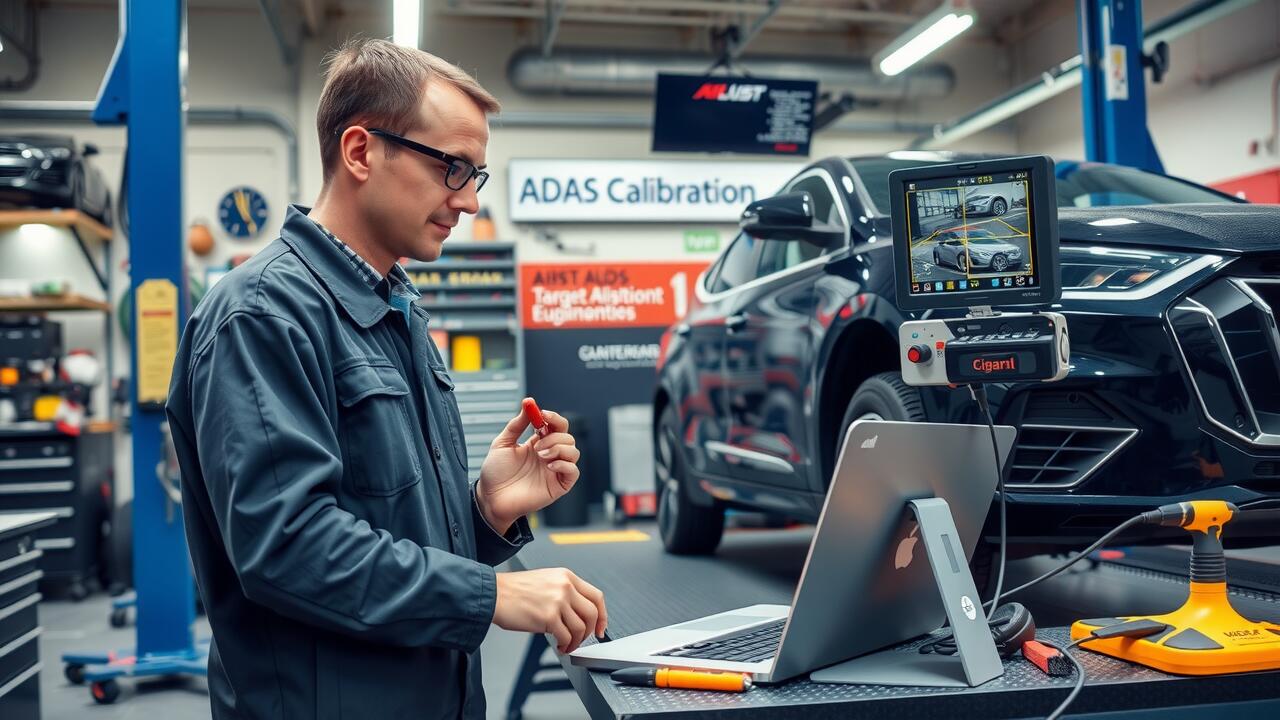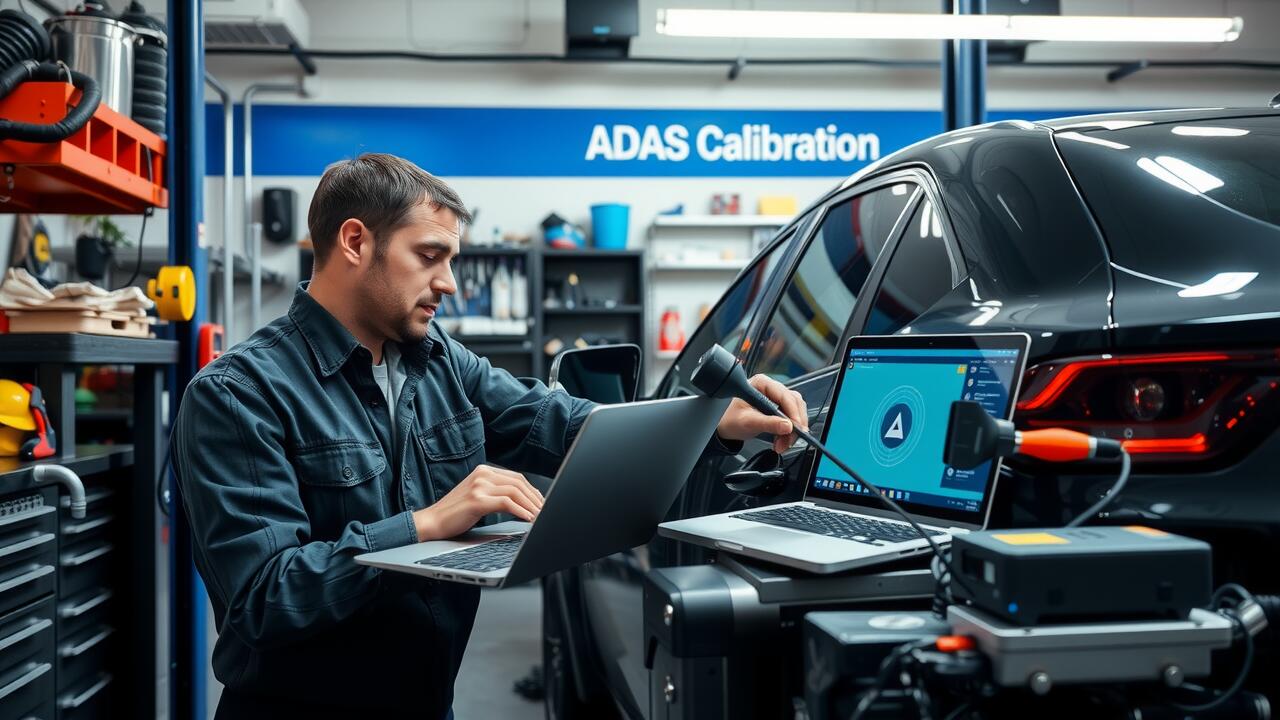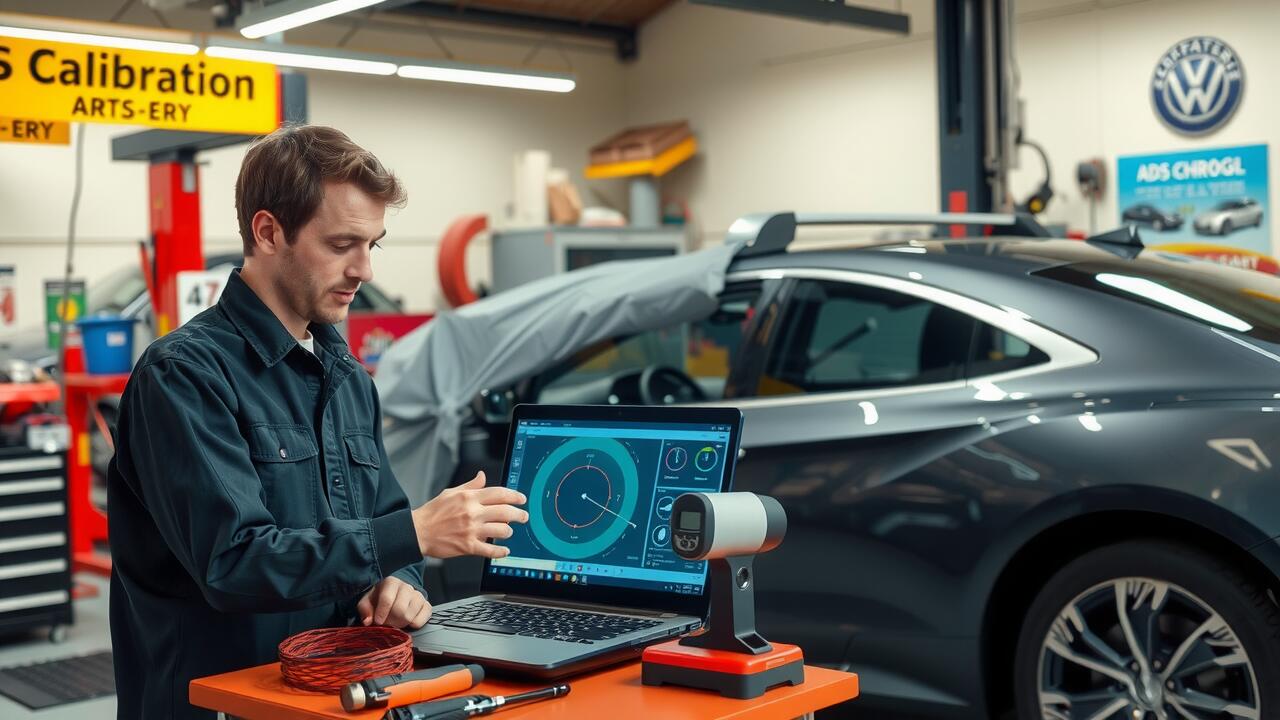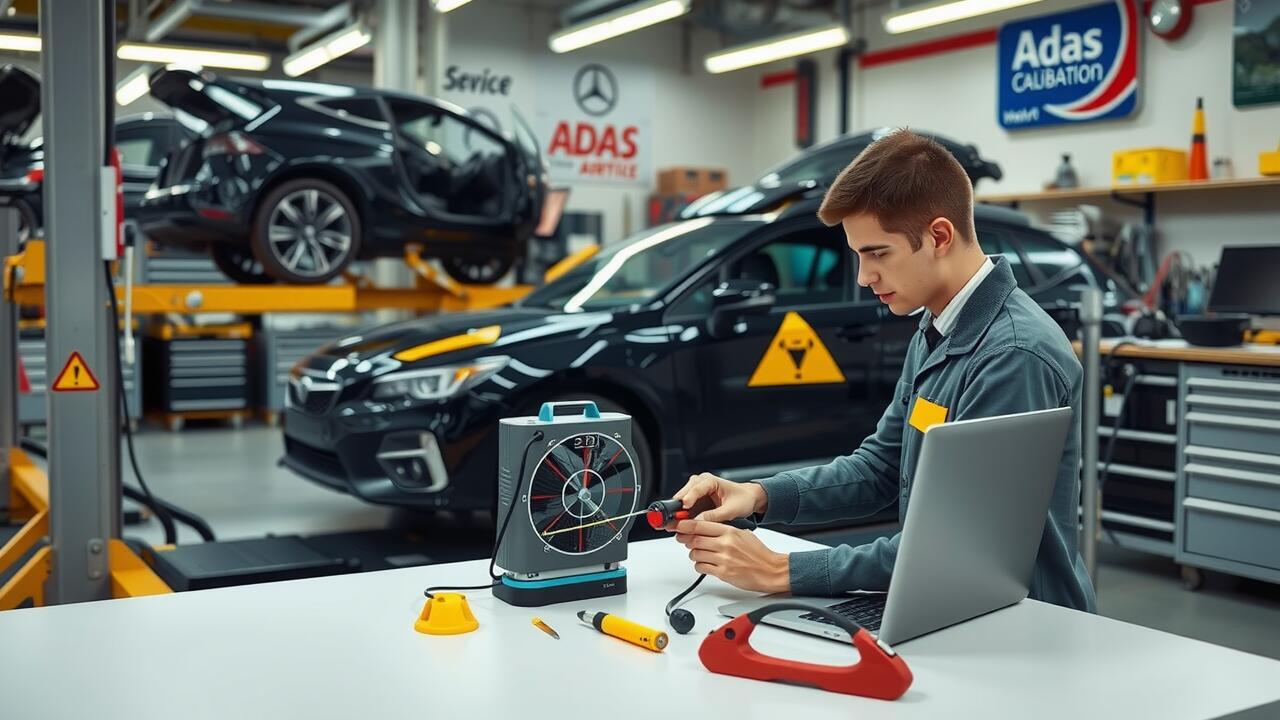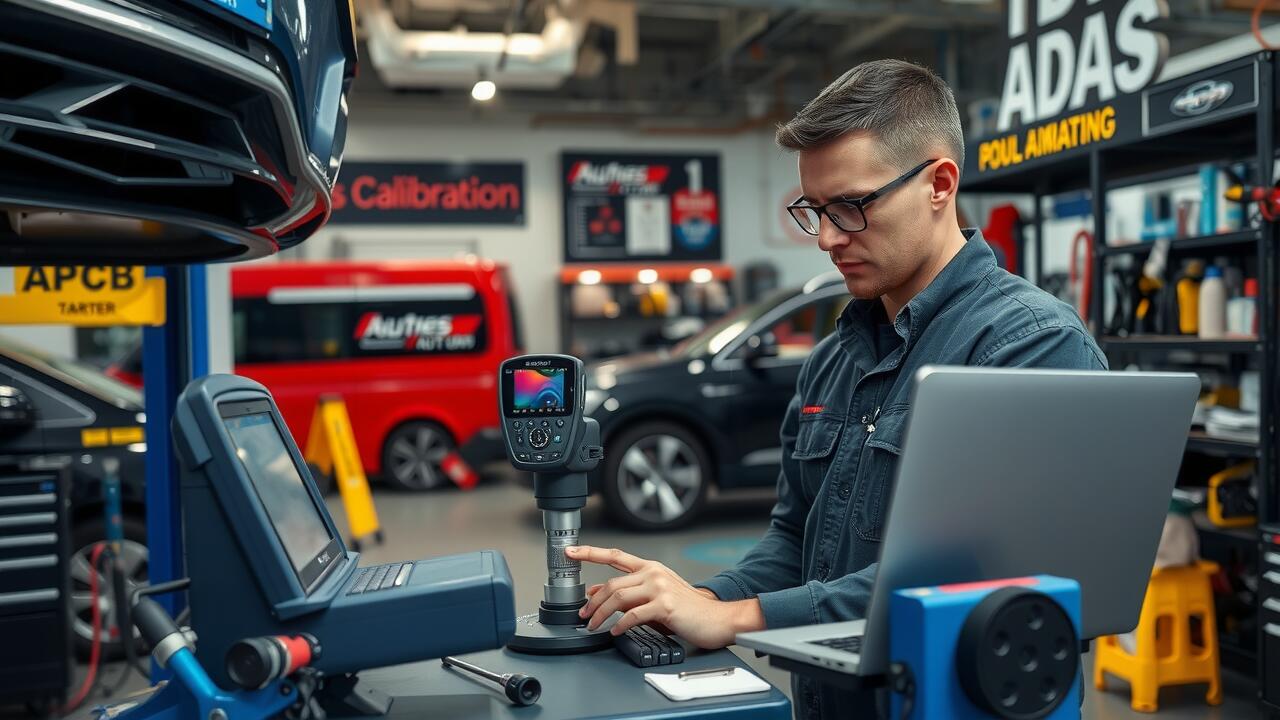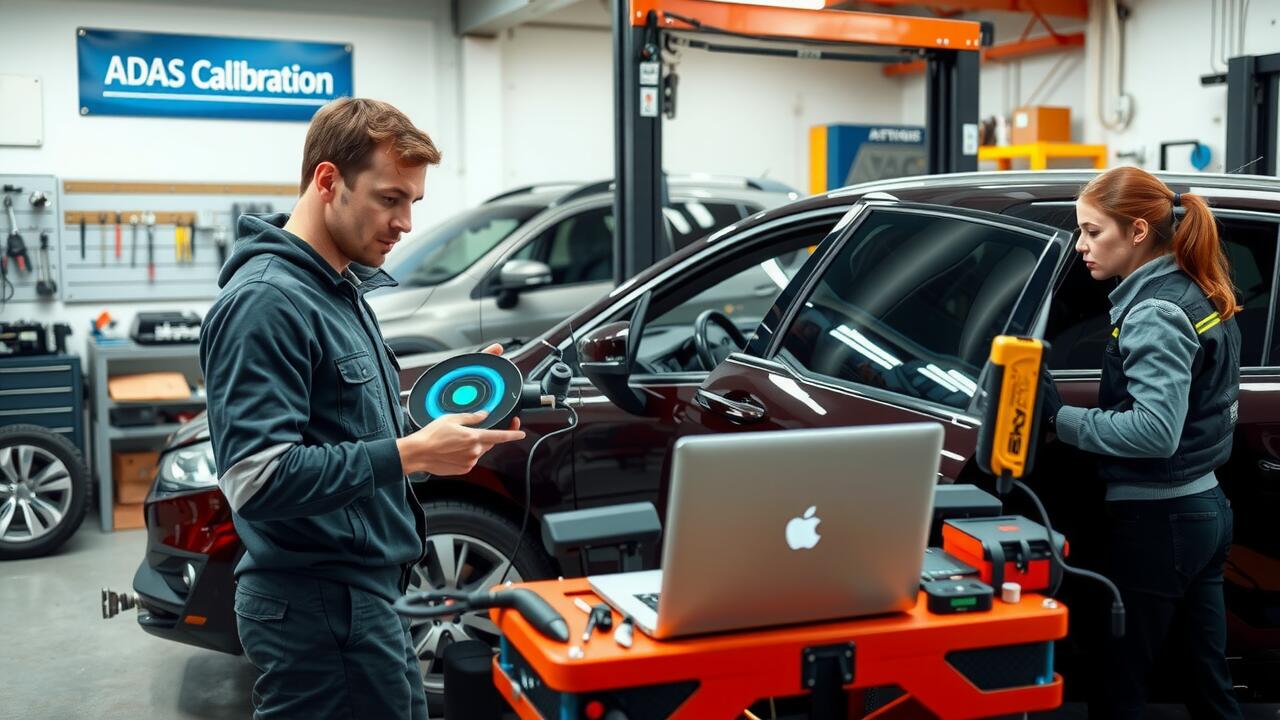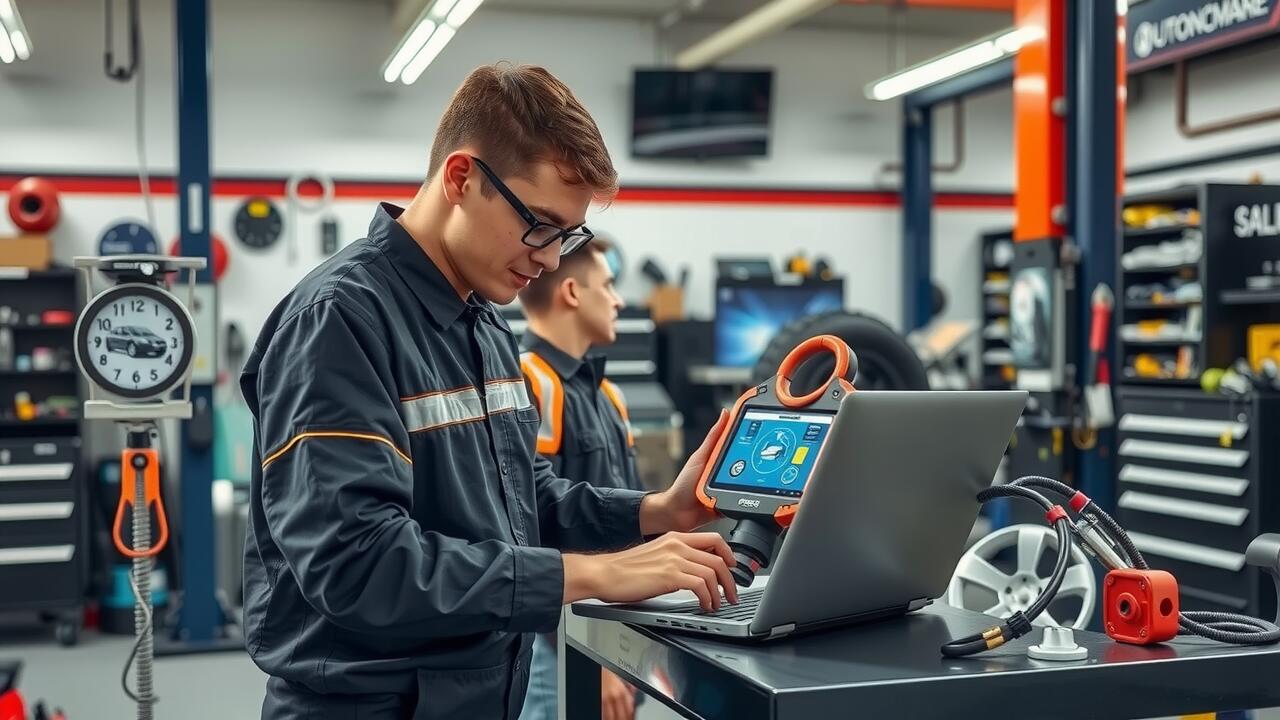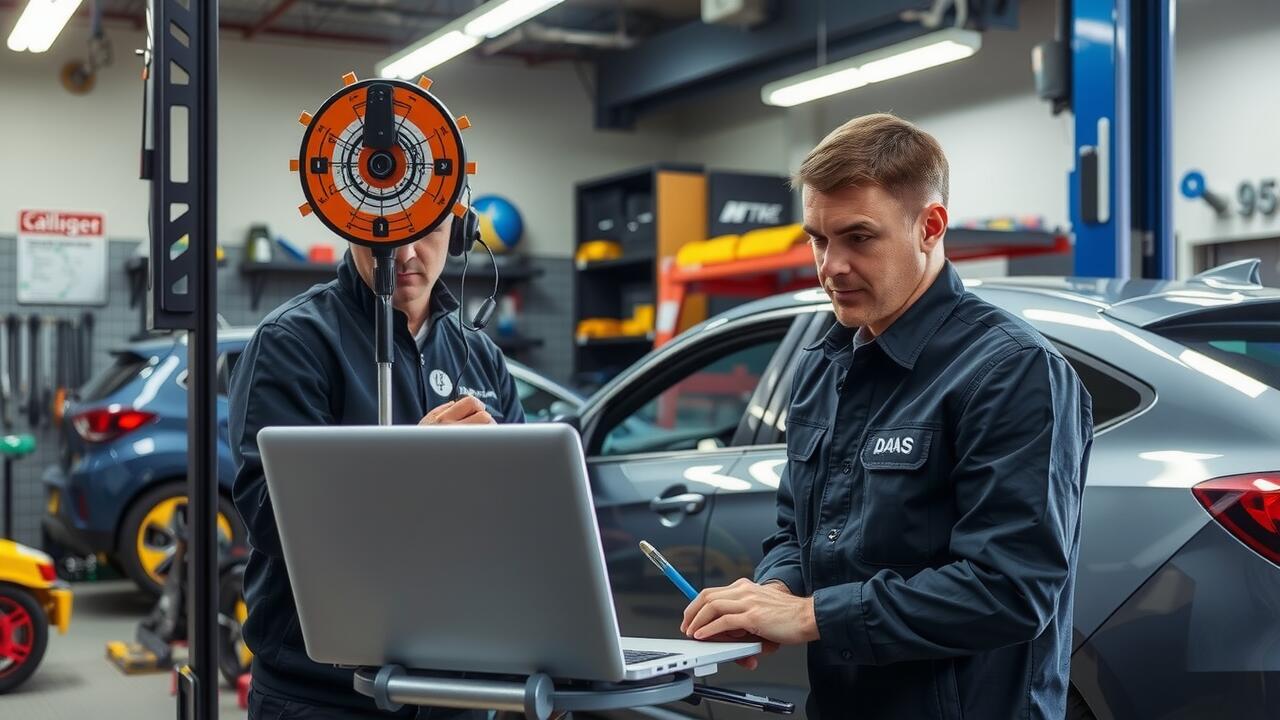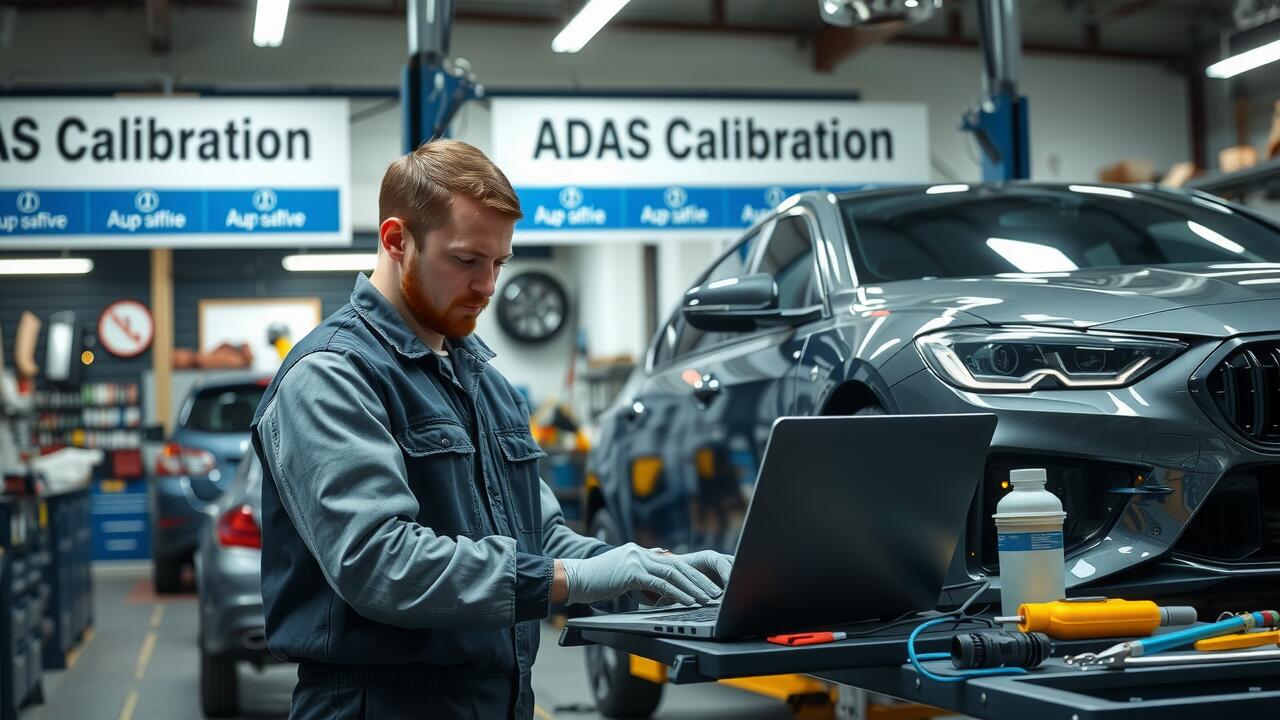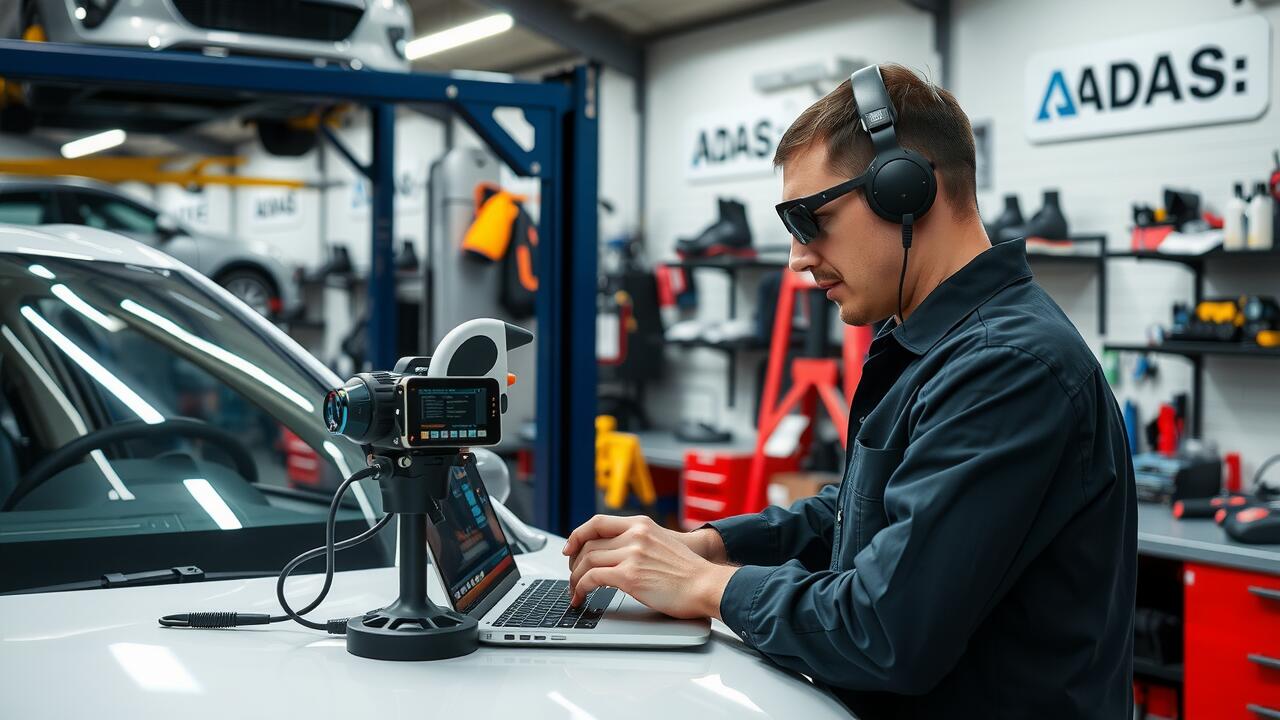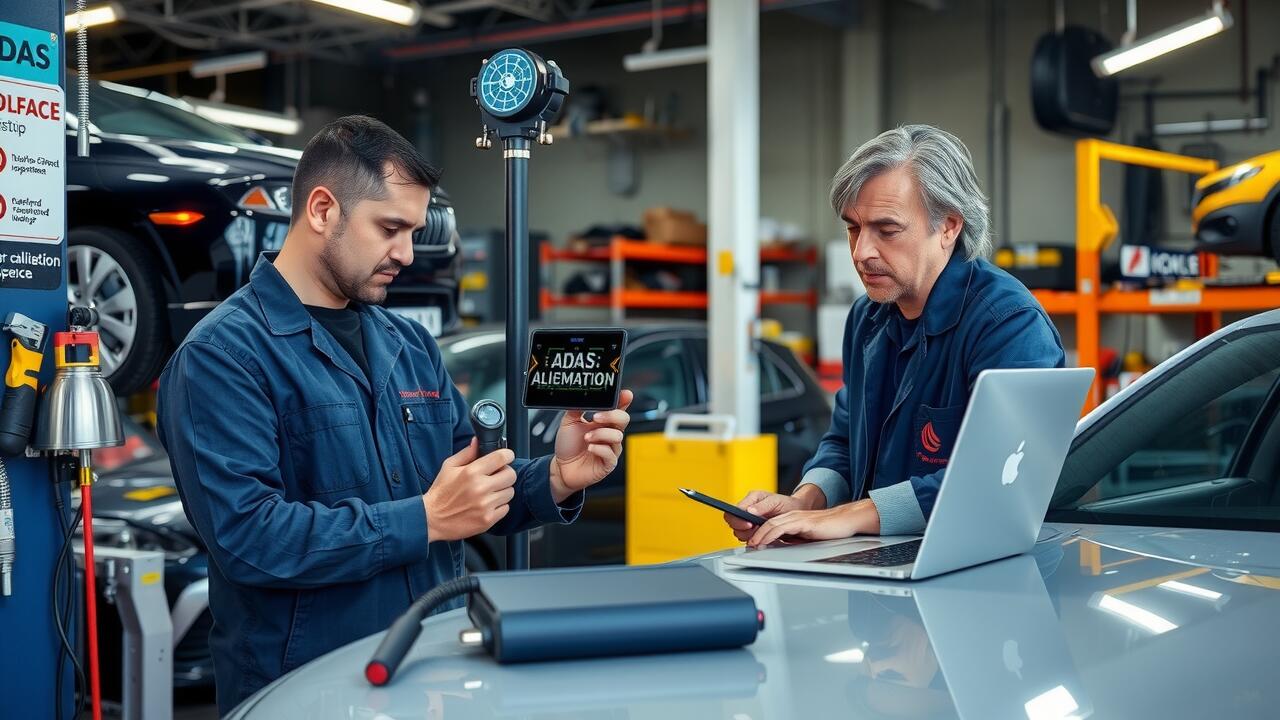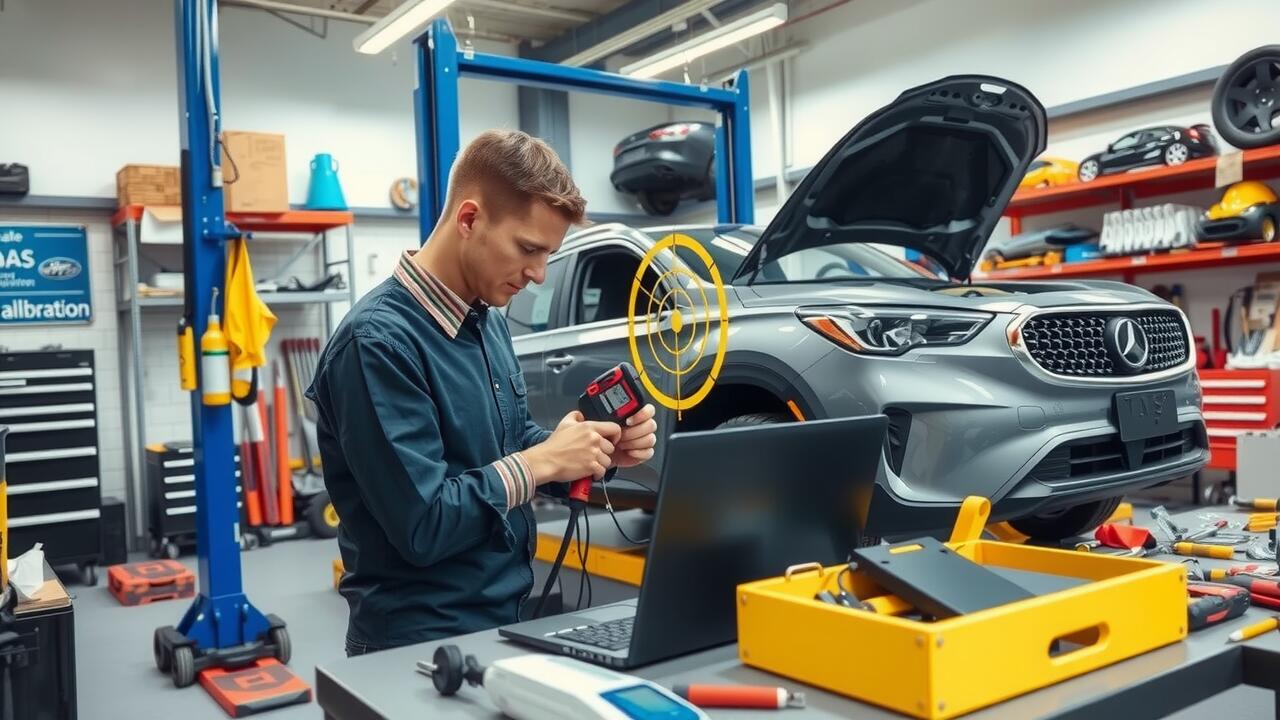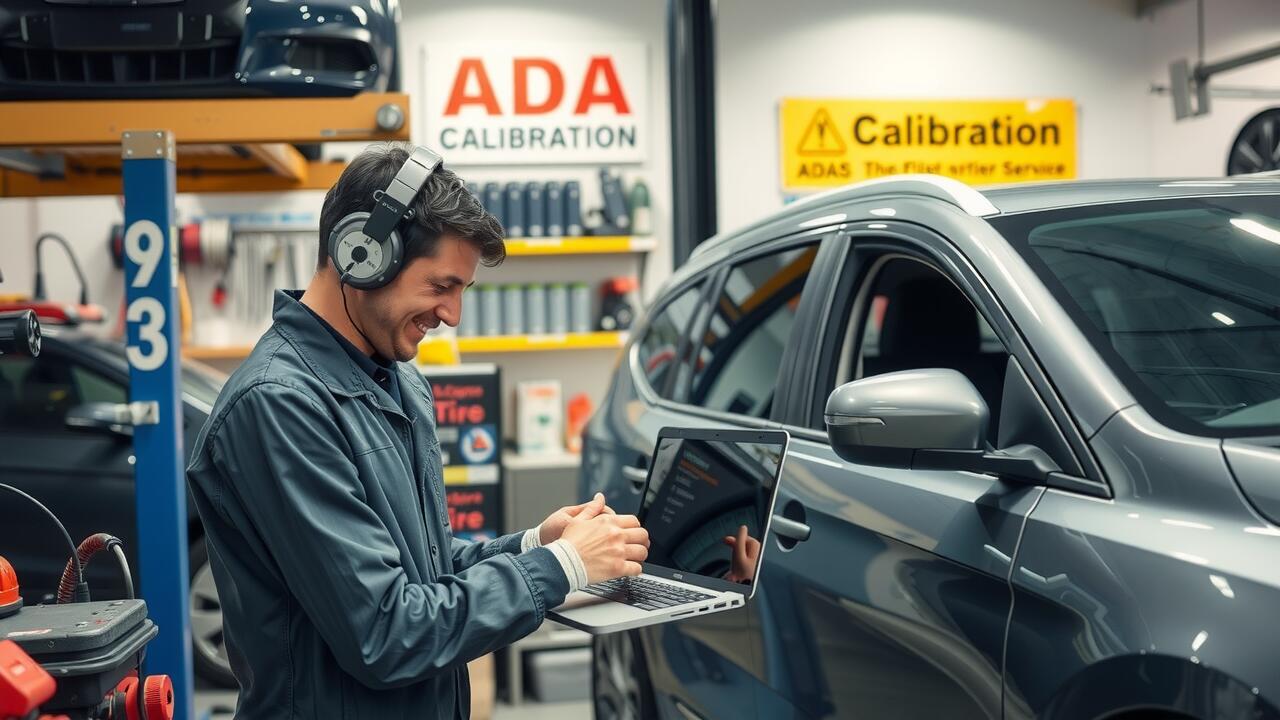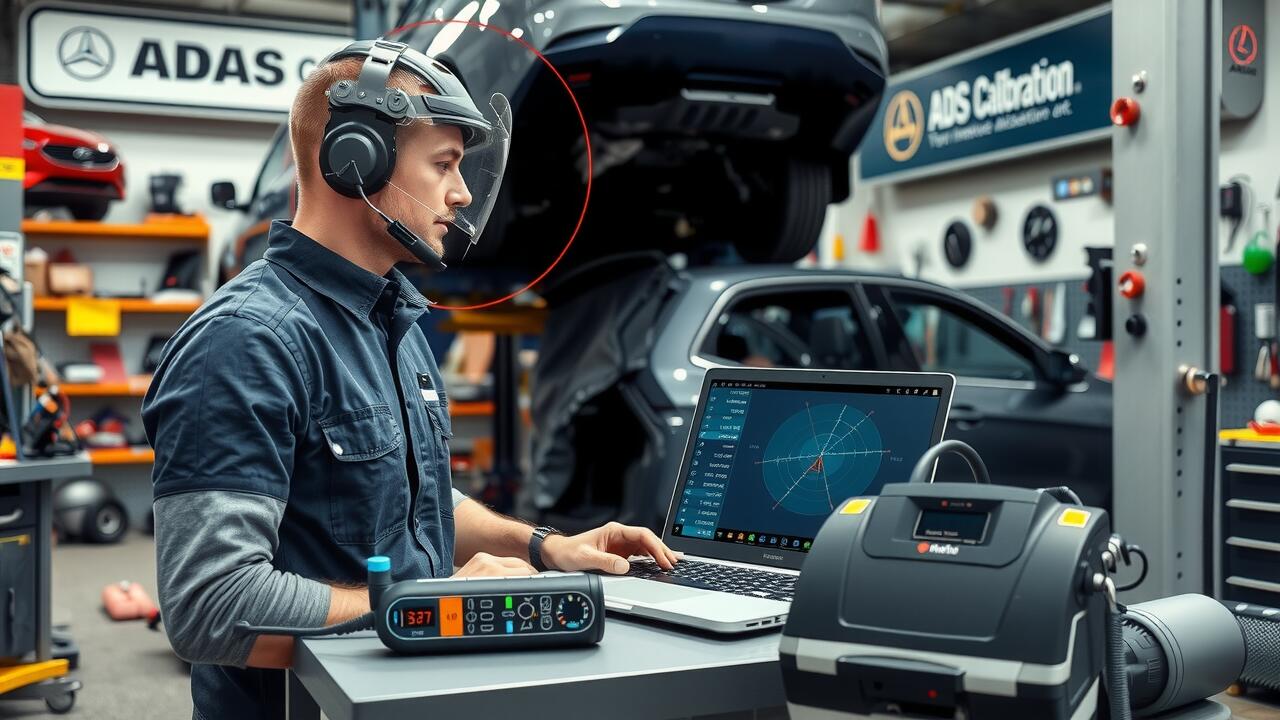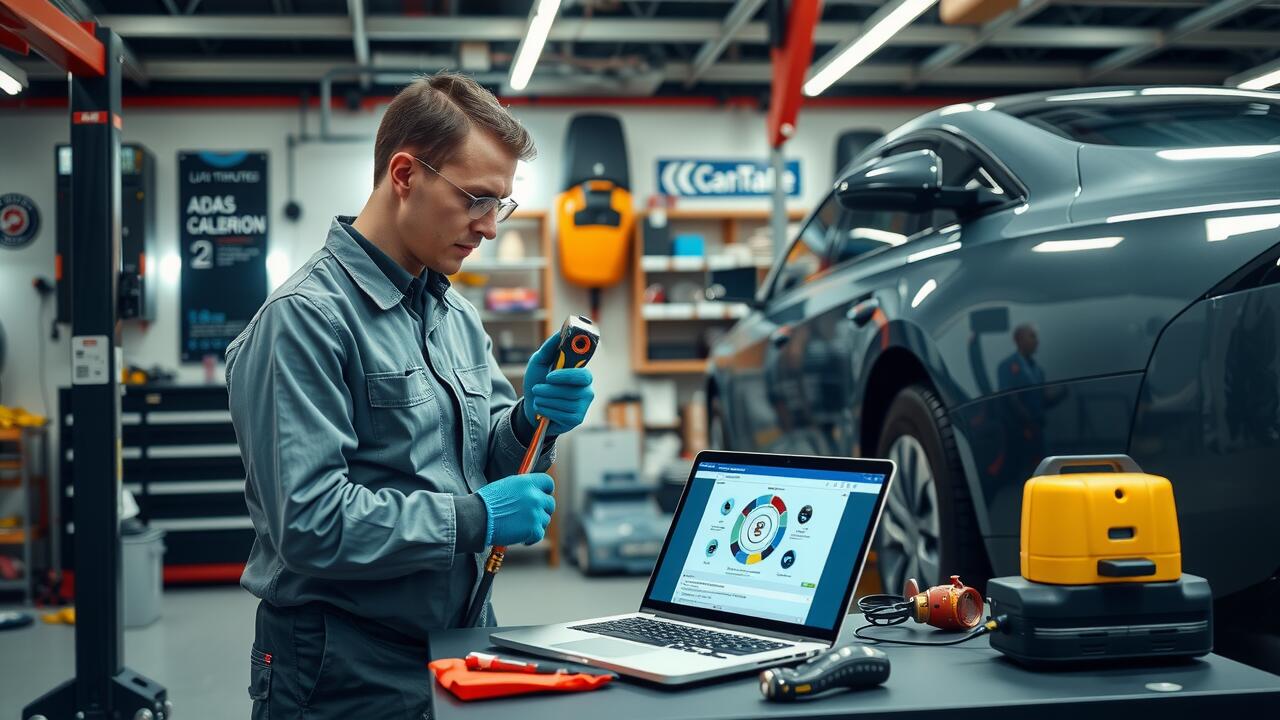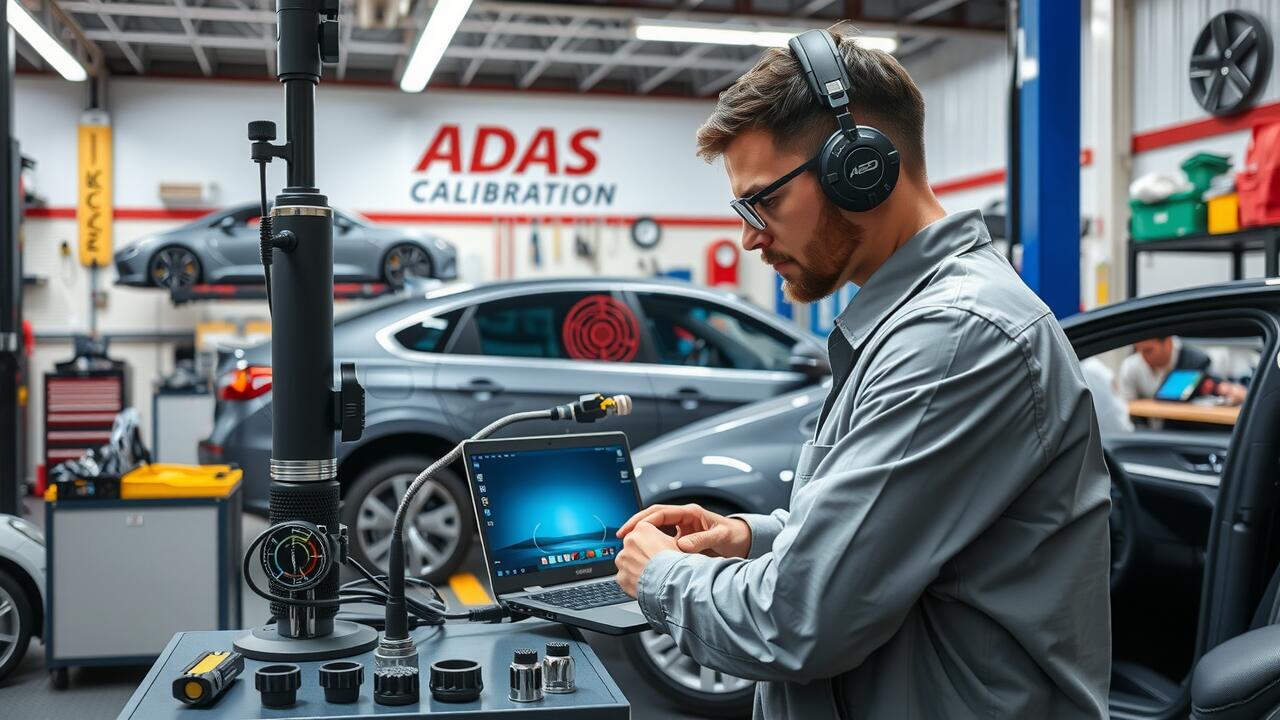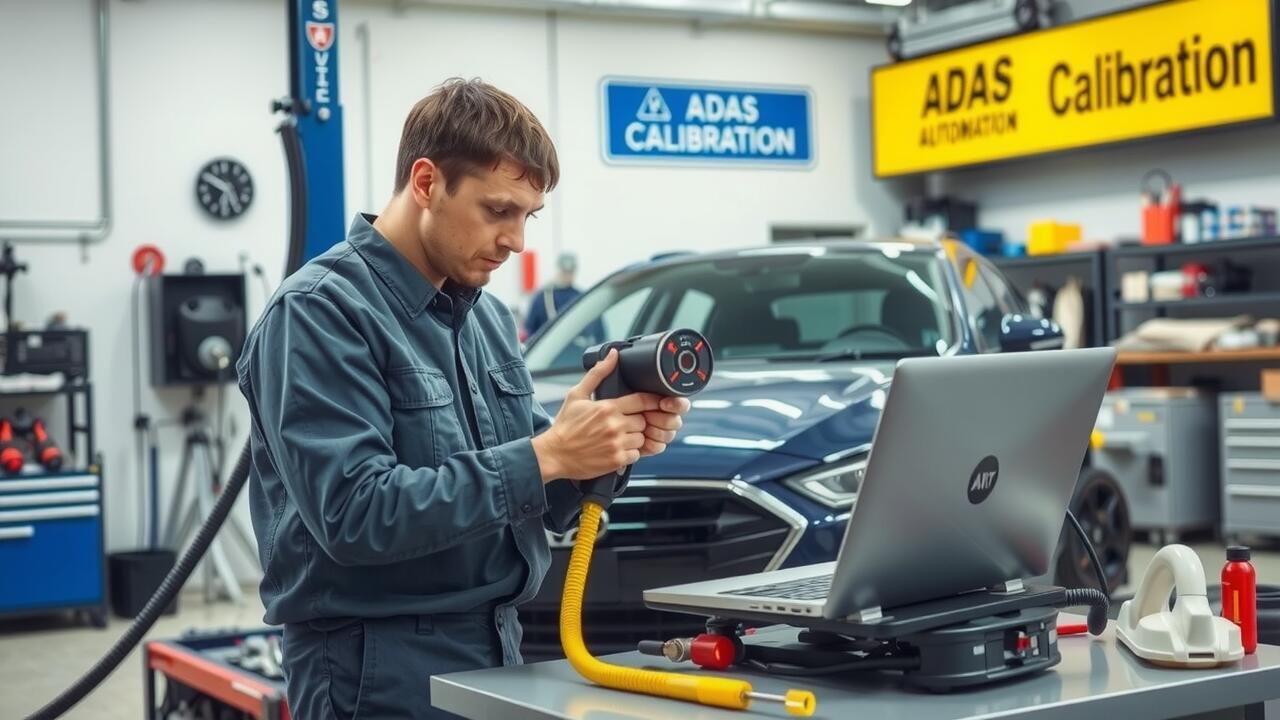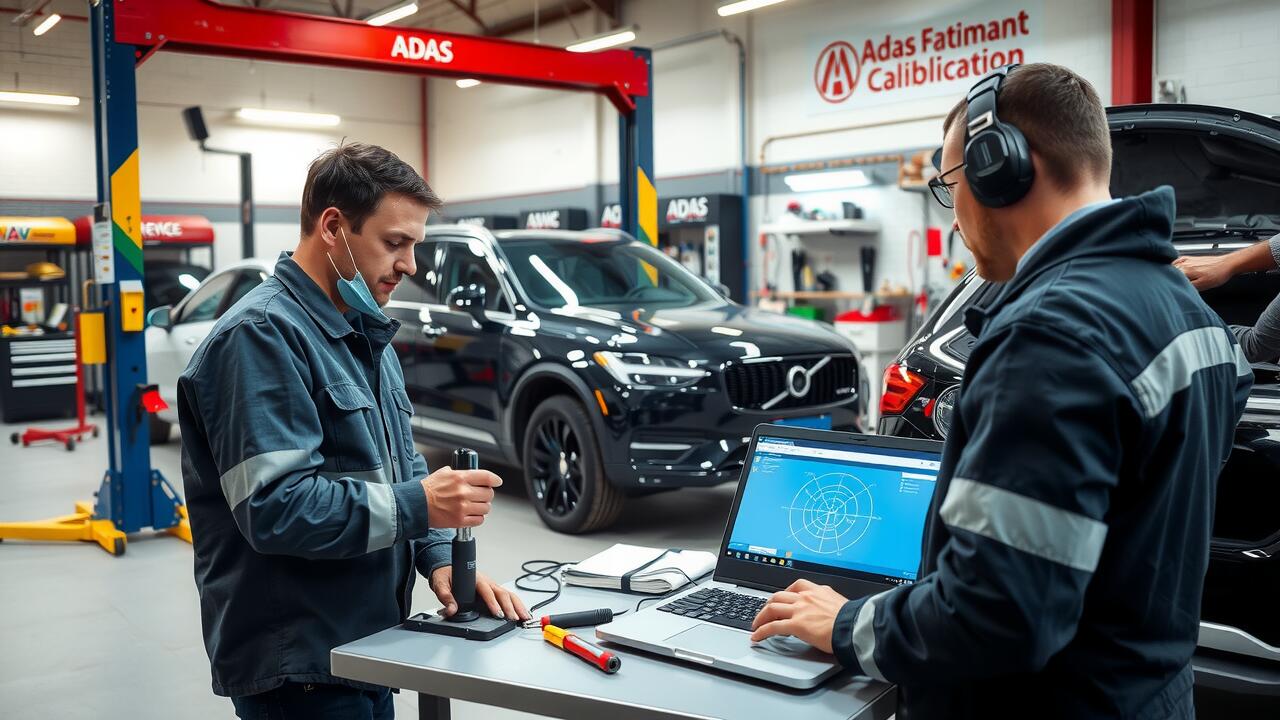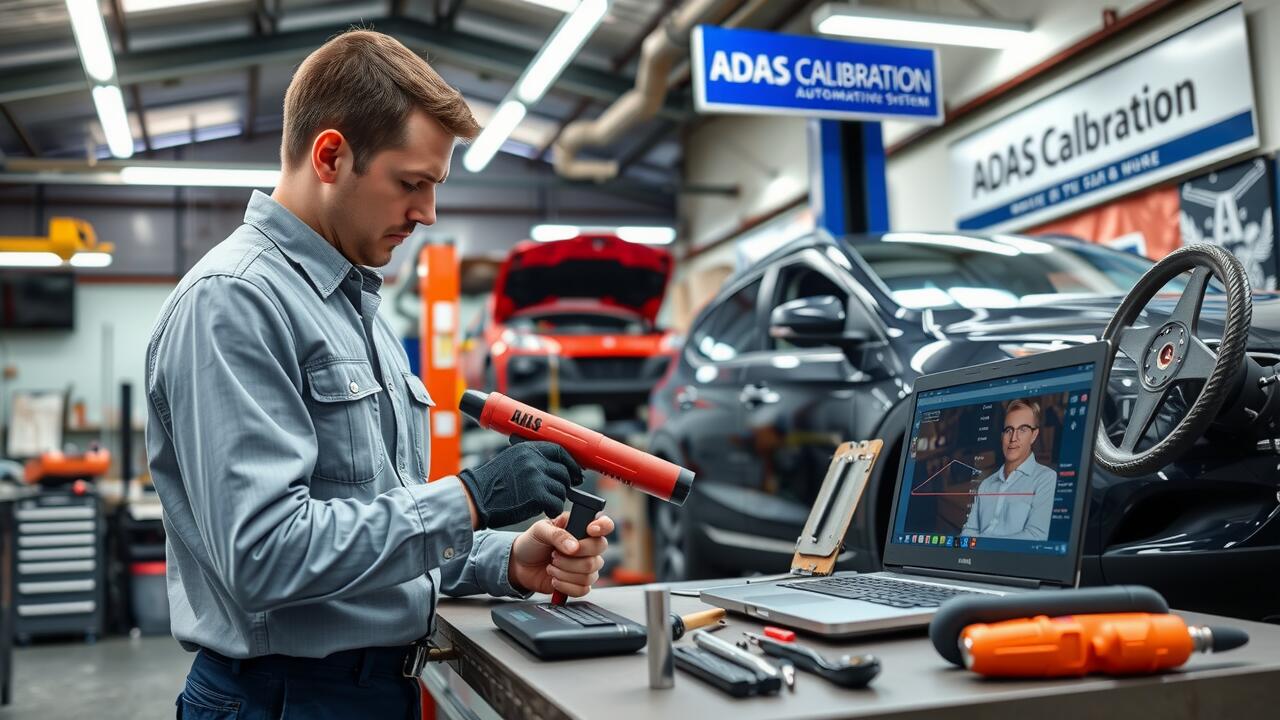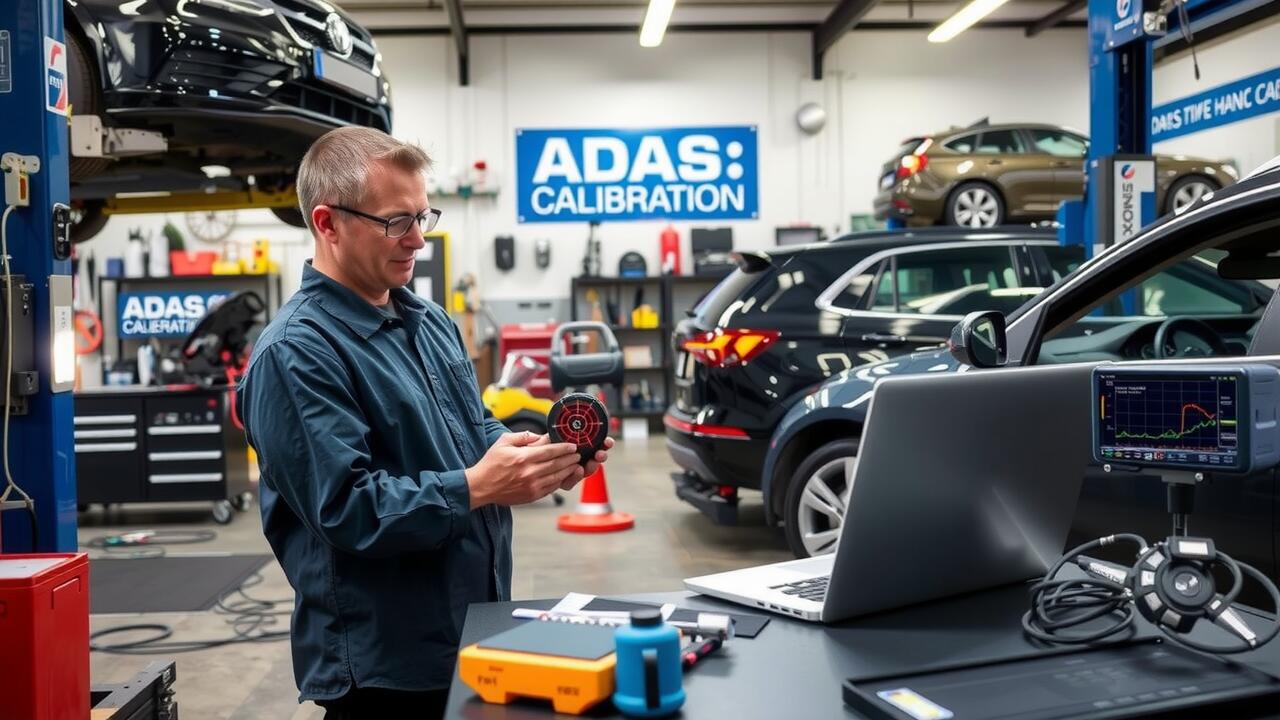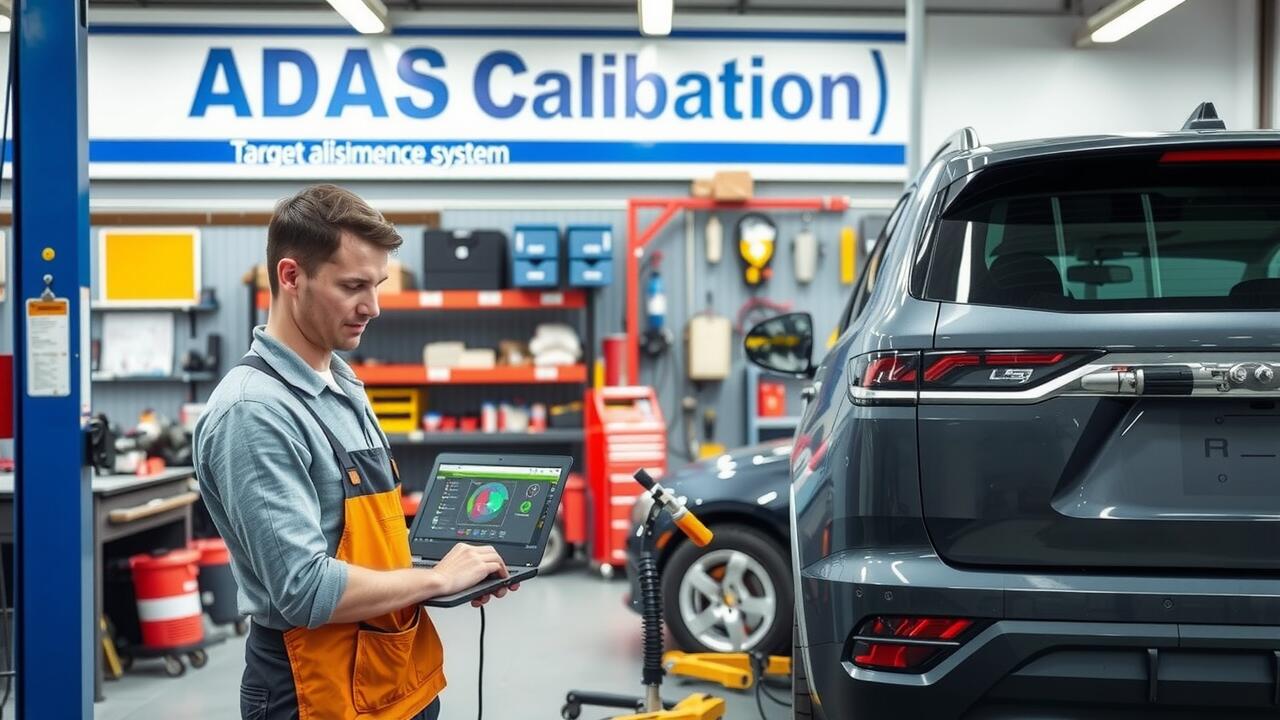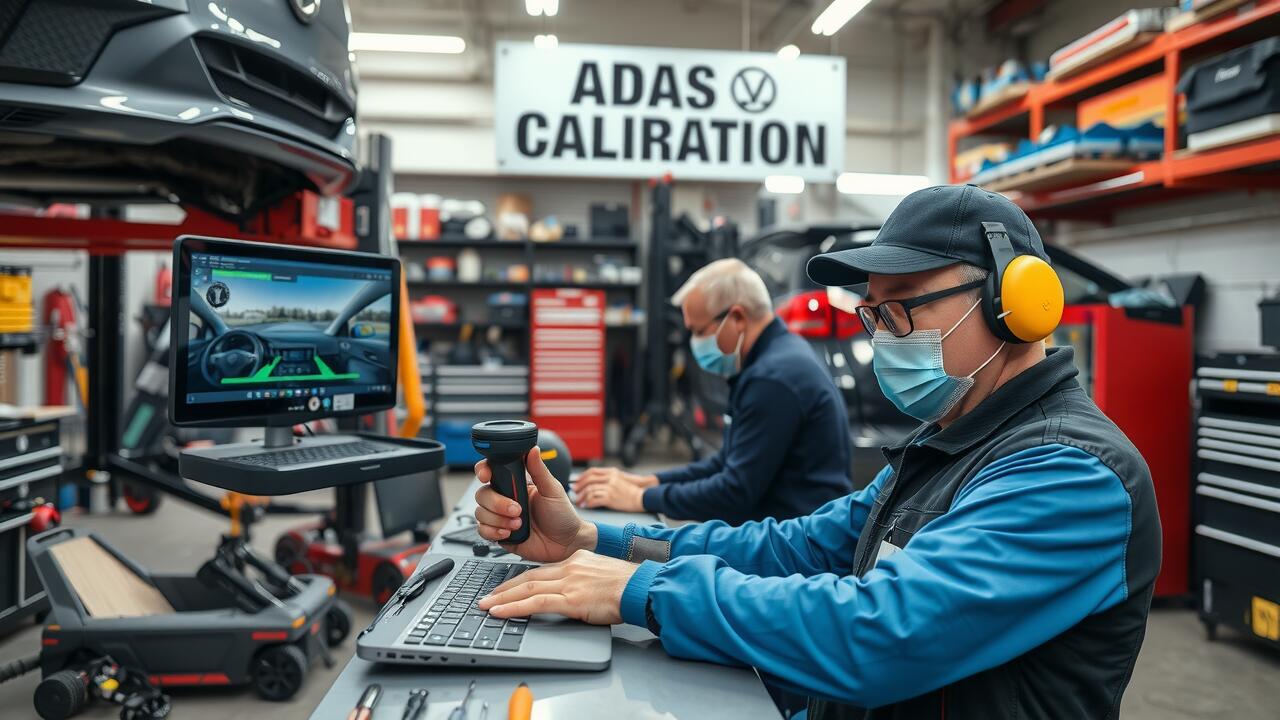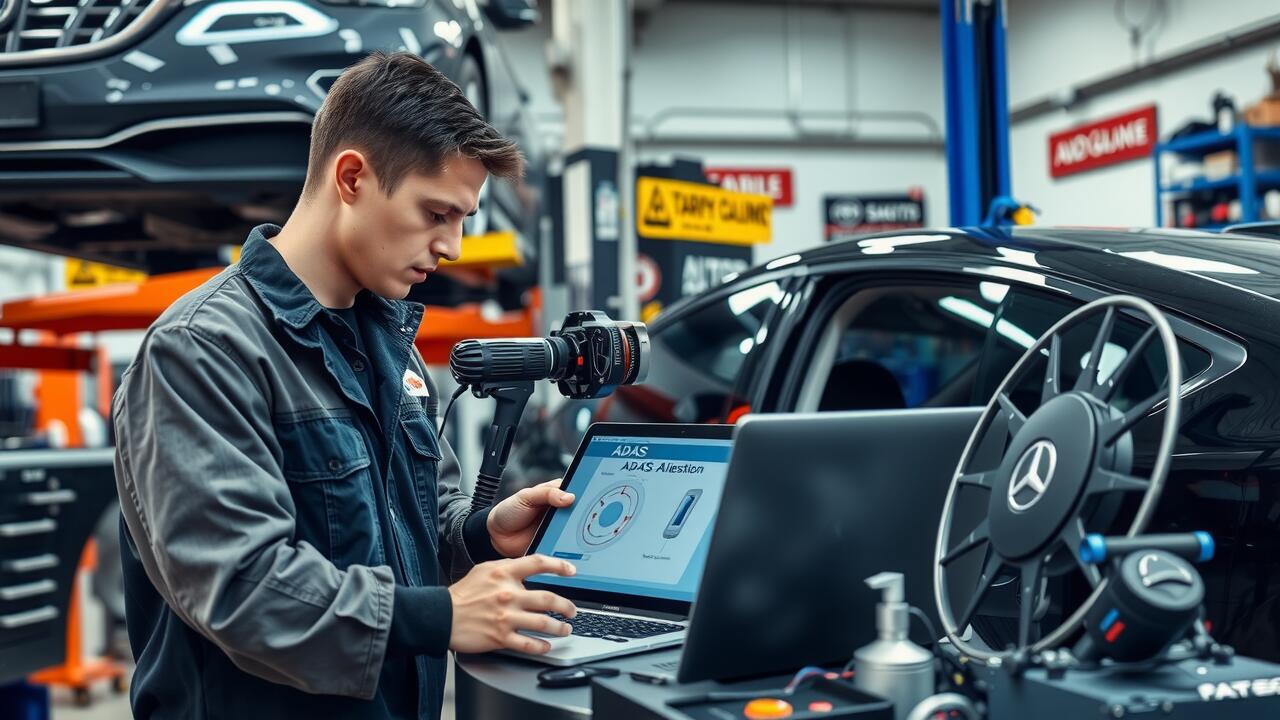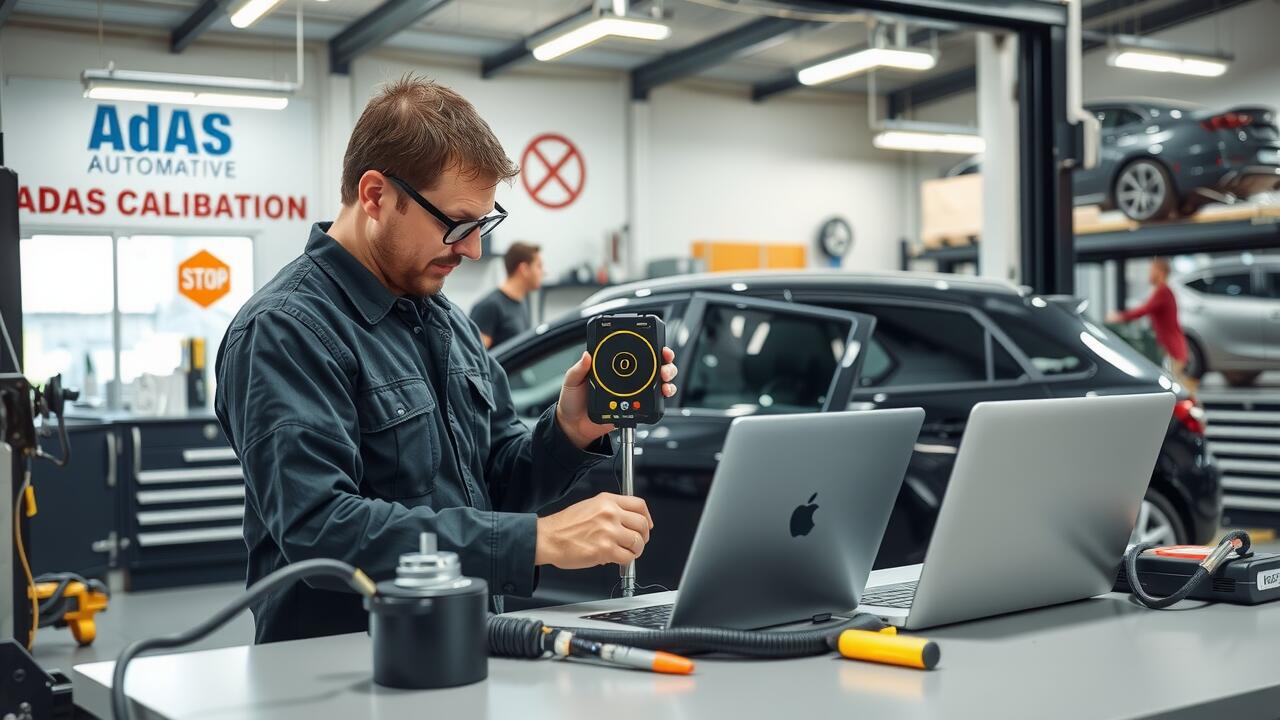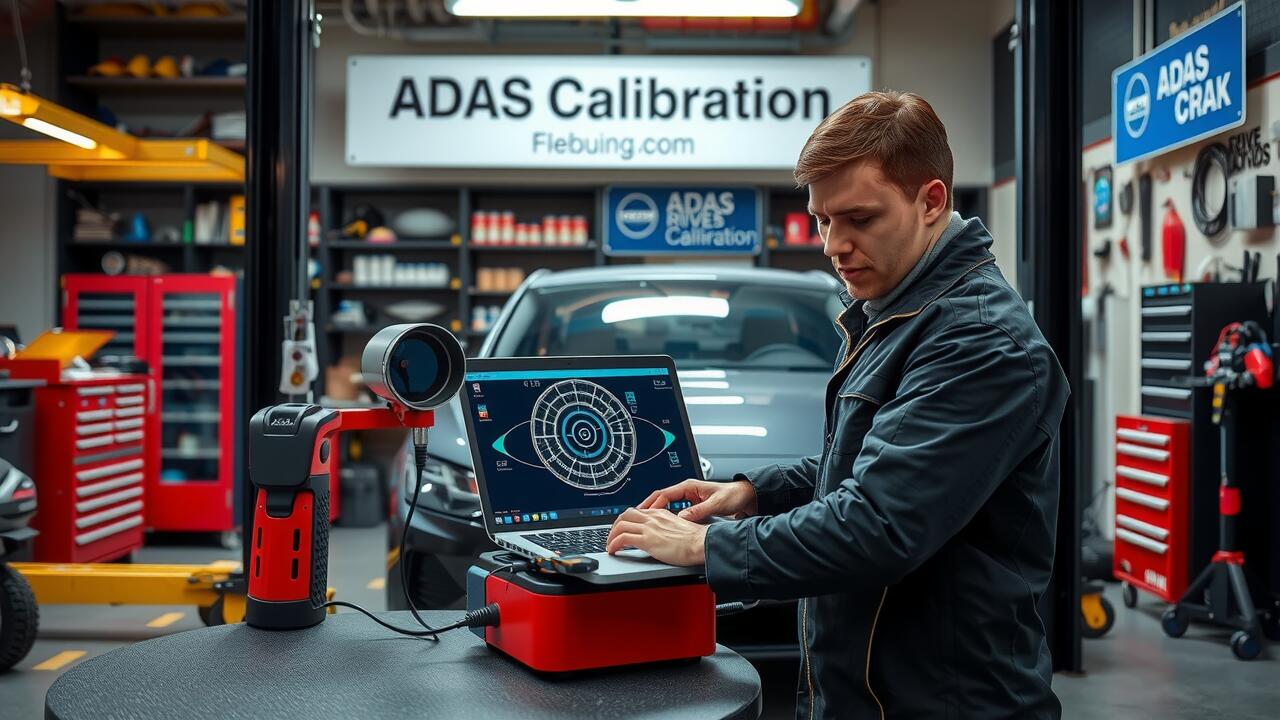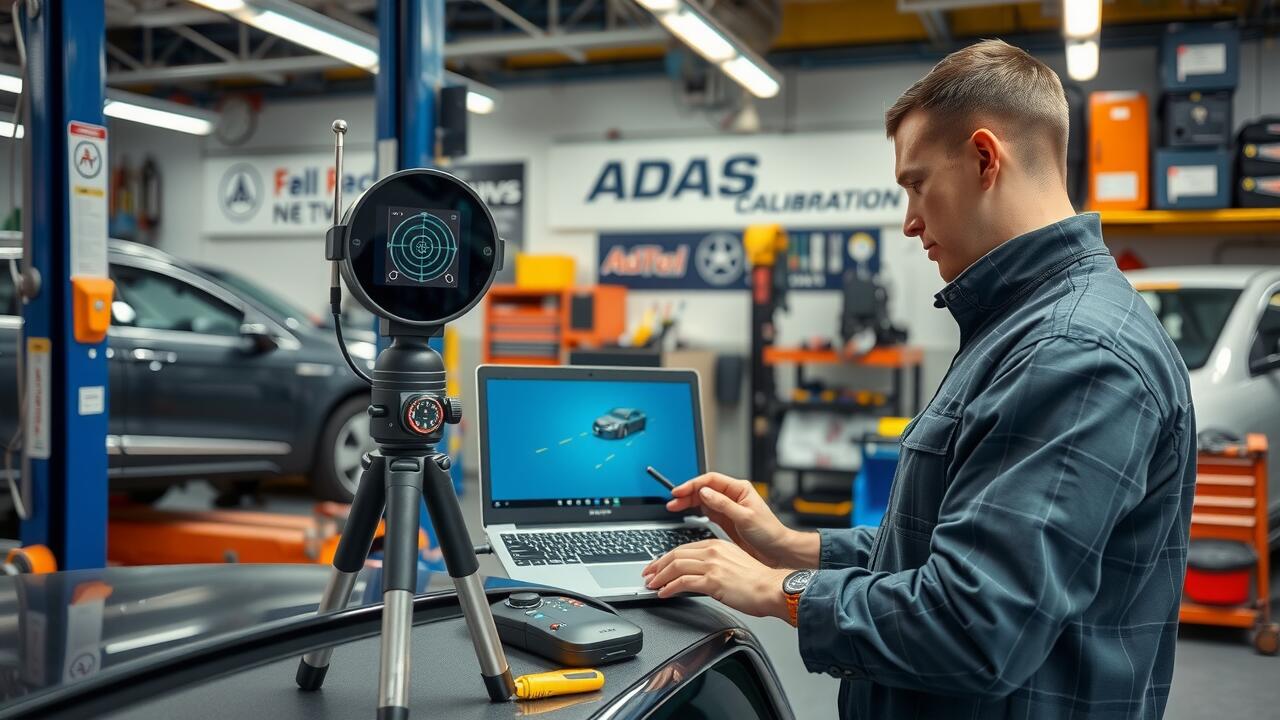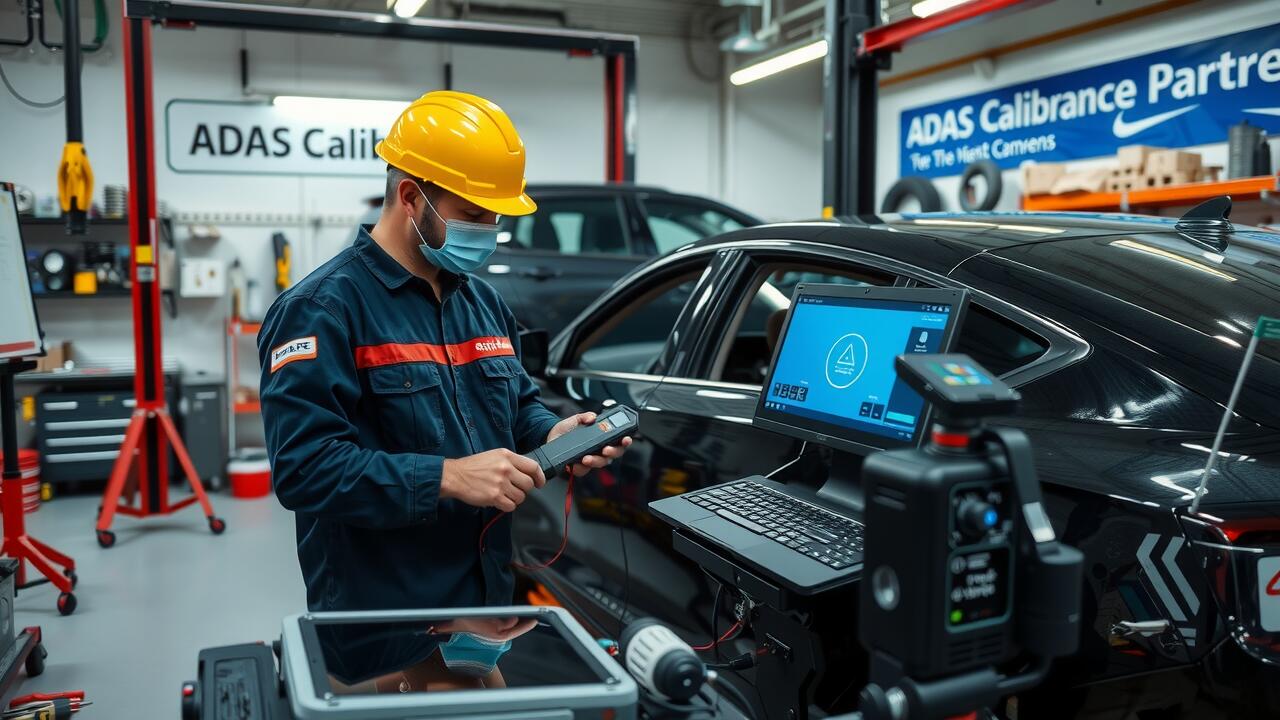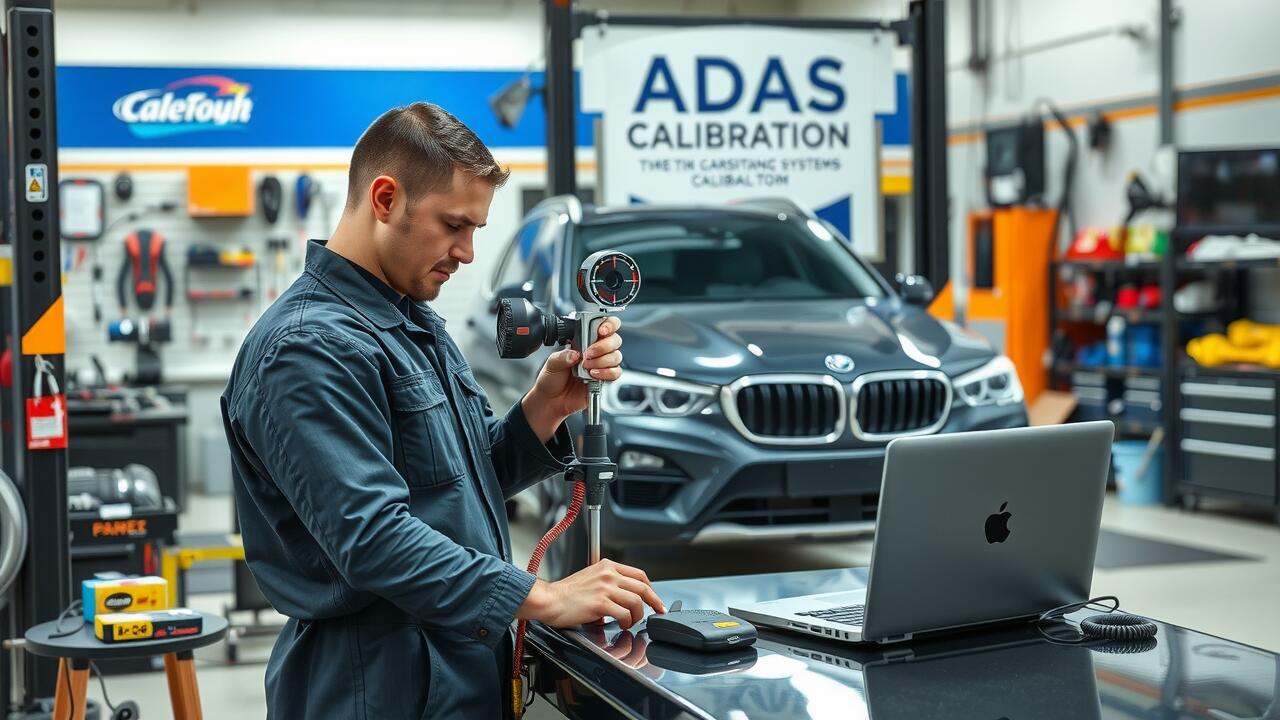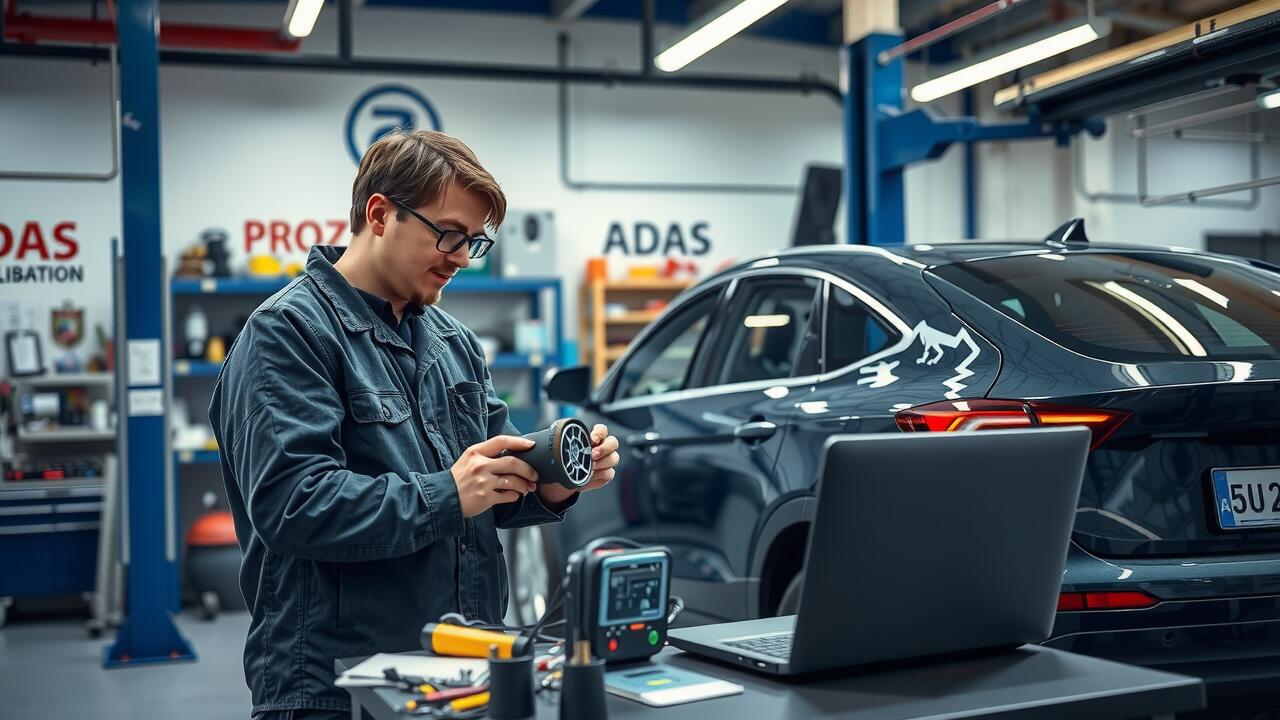
Table Of Contents
Impact of Technician Experience
A technician's experience plays a significant role in the efficiency and accuracy of vehicle safety system calibration. Seasoned professionals have a deeper understanding of the various electronic systems and the intricacies involved in calibrating advanced driver assistance systems (ADAS). Their familiarity with the tools and procedures can noticeably reduce the time required to complete a calibration process, ensuring that vehicles meet safety standards without unnecessary delays.
In contrast, less experienced technicians may take longer due to a steeper learning curve. Misinterpretations of system requirements or incorrect usage of calibration equipment can lead to prolonged calibration efforts. This not only affects the turnaround time for servicing vehicles but may also impact the overall reliability of the calibration results and, subsequently, vehicle safety.
How Skill Level Affects Calibration Time
The skill level of technicians significantly influences the time taken for vehicle safety system calibration. Experienced professionals possess an in-depth understanding of the diverse systems in modern vehicles. Their familiarity with calibration processes enables them to work efficiently. This expertise often means they can quickly identify issues that may arise during calibration, reducing the time spent troubleshooting.
In contrast, less experienced technicians may require additional time to learn the intricacies of the calibration process. They might spend more time familiarising themselves with the tools and technology involved in vehicle safety system calibration. This learning curve can extend the overall duration required to perform accurate calibrations. Ultimately, skill level plays a crucial role in determining how swiftly and effectively the calibration can be completed.
Common Tools Used in Calibration
Calibration of Advanced Driver Assistance Systems (ADAS) relies on a variety of specialised tools to ensure accuracy and effectiveness. Equipment such as laser alignment systems and 3D scanning devices play a crucial role in aligning sensors and cameras correctly. These tools provide precise measurement capabilities vital for vehicle safety system calibration. Additionally, software diagnostic tools enable technicians to communicate with the vehicle's onboard systems, facilitating the necessary adjustments during the calibration process.
Another important aspect involves the use of target boards and calibration jigs, which help to position sensors accurately in relation to the vehicle's geometry. These aids assist in achieving the correct angles and distances critical for optimal functioning. Keeping these tools well-maintained not only enhances their performance but also fosters reliable and efficient vehicle safety system calibration. With the proper equipment in hand, technicians can effectively address the complexities involved in calibrating an array of ADAS features.
Essential Equipment for Accurate Calibration
Accurate calibration of vehicle safety systems relies on several essential tools. A high-quality laser alignment tool plays a critical role in ensuring that sensors are positioned correctly and calibrated with precision. Additionally, scan tools tailored for ADAS are necessary to communicate with the vehicle’s onboard computer, allowing technicians to access diagnostic data and perform the necessary adjustments. These instruments are vital in maintaining the integrity and efficacy of the vehicle safety system calibration process.
Another crucial piece of equipment is a calibration target, which helps in achieving accurate positioning during the calibration process. Each vehicle model may require specific targets to ensure optimal functionality of the systems being calibrated. Furthermore, diagnostic software can enhance the calibration experience by providing real-time feedback on sensor performance. With the right combination of tools and equipment, technicians can ensure vehicle safety system calibration is performed correctly, thereby enhancing overall vehicle safety.
Signs That Calibration is Needed
Identifying when a vehicle requires calibration is crucial for maintaining its safety. Specific warning lights may illuminate on the dashboard, indicating potential issues with the advanced driver-assistance systems. An unusual change in vehicle behaviour can also signal that recalibration is necessary. Drivers should pay attention to any discrepancies in features such as lane assist or adaptive cruise control performance.
Regular inspections can help ensure that the vehicle safety system calibration is up to date. After any significant repairs, especially those involving the vehicle’s electronics or chassis, a calibration may be required. Additionally, if the vehicle has been in an accident, even if seemingly minor, it is wise to have the systems checked for proper alignment and functionality.
Identifying Calibration Requirements
Identifying when vehicle safety system calibration is necessary is crucial for maintaining optimal performance. Several indicators can signal the need for calibration. A misalignment of sensors or warning lights on the dashboard often serves as a primary indication. Additionally, any recent repairs to the vehicle’s frame, windshield, or suspension can necessitate a recalibration to ensure the system operates correctly.
Regular maintenance checks should also incorporate assessments of safety systems. Technicians often recommend calibration after installing new parts related to the vehicle's sensor systems. Keeping an eye on the calibration status can prevent potential safety issues and ensure a smoother driving experience. Awareness of these signs helps in recognising when vehicle safety system calibration is due.
FAQS
What is ADAS calibration?
ADAS calibration is the process of ensuring that Advanced Driver Assistance Systems are accurately aligned and functioning correctly after a vehicle has undergone repairs or adjustments.
How long does it typically take to calibrate an ADAS?
The duration for ADAS calibration can vary significantly but generally takes anywhere from 1 to 4 hours, depending on the complexity of the system and the technician's experience.
What factors influence the time required for ADAS calibration?
Several factors can influence calibration time, including the technician's skill level, the type of calibration required (static or dynamic), and the specific ADAS features being calibrated.
How can I tell if my vehicle needs ADAS calibration?
Signs that your vehicle may need ADAS calibration include warning lights on the dashboard, inconsistent sensor readings, or if the vehicle has been involved in an accident or had significant repairs.
What tools are commonly used for ADAS calibration?
Common tools for ADAS calibration include laser alignment systems, target plates, and diagnostic scan tools that can interact with the vehicle's onboard systems to ensure accurate calibration.
